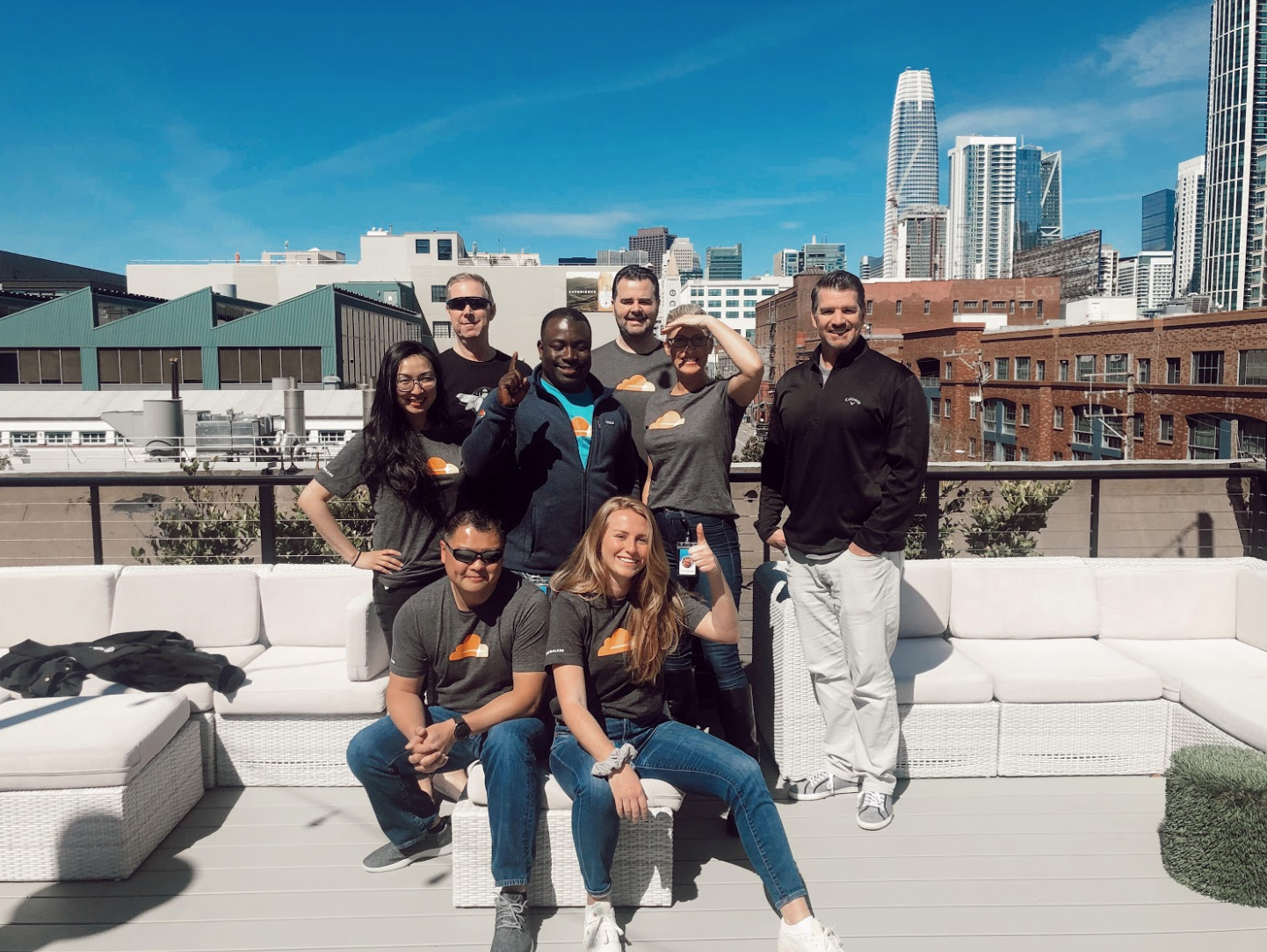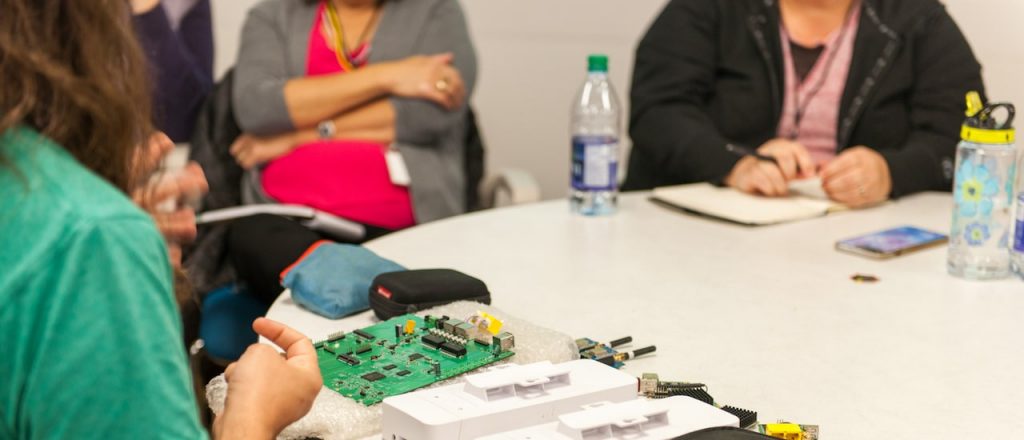? The Wrangler CLI: Deploying Rust with WASM on Cloudflare Workers


Today, we're open sourcing and announcing wrangler, a CLI tool for building, previewing, and publishing Rust and WebAssembly Cloudflare Workers.
If that sounds like some word salad to you, that's a reasonable reaction. All three of the technologies involved are relatively new and upcoming: WebAssembly, Rust, and Cloudflare Workers.
Why WebAssembly?
Cloudflare's mission is to help build a better Internet. We see Workers as an extension of the already incredibly powerful Web Platform, where JavaScript has allowed users to go from building small bits of interactivity, to building full applications. Node.js first extended this from the client to the server- unifying web application development around a single language – JavaScript. By choosing to use V8 isolates (the technology that powers both Node.js and the most popular browser, Chrome), we sought to make its Workers product a fully compatible, new platform for the Web, eliding the distinction between server and client. By leveraging its large global network of servers, Workers allows users to run code as close as possible to end users, eliminating the latency associated server-side logic or large client-side bundles.
But not everyone wants to write Continue reading
 Amazon also offers Arm-based compute instances in its public cloud, but Packet and Ampere say...
Amazon also offers Arm-based compute instances in its public cloud, but Packet and Ampere say...
 Long time passing. Where have all the SDN Controllers gone? Long time ago.
Long time passing. Where have all the SDN Controllers gone? Long time ago.

 Operators are showing increasing signs of launching both NB-IoT and LTE-M, although NB-IoT...
Operators are showing increasing signs of launching both NB-IoT and LTE-M, although NB-IoT... AWS built encryption into nearly all of its 165 cloud services, Vogels said. “Make use of it.”
AWS built encryption into nearly all of its 165 cloud services, Vogels said. “Make use of it.”